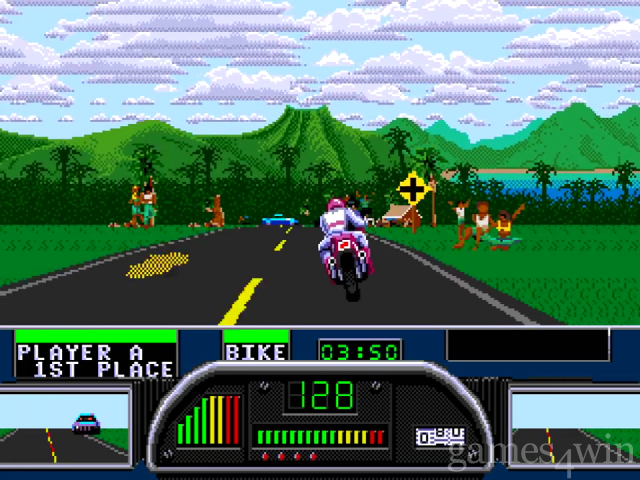


The Icknield Way may examplify this type of road origination, where human and animal both selected the same natural line. Some believe that some roads originated from following animal trails. The assertion that the first pathways were the trails made by animals has not been universally accepted in many cases animals do not follow constant paths. Between 19, the percentage of existing roads that are too bumpy to drive on compared to roads with decent surfaces increased from 10 to 21 percent. Maintenance is becoming an increasing problem in the United States. In the United States, laws distinguish between public roads, which are open to public use, and private roads, which are privately controlled. Another legal view is that while a highway historically included footpaths, bridleways, driftways, etc., it can now be used to mean those ways that allow the movement of motor vehicles, and the term rights of way can be used to cover the wider usage.

A 1984 ruling said "the land over which a public right of way exists is known as a highway and although most highways have been made up into roads, and most easements of way exist over footpaths, the presence or absence of a made road has nothing to do with the distinction. The definition of a road depends on the definition of a highway there is no formal definition for a highway in the relevant Act. Vehicle Excise Duty, a road use tax, is payable on some vehicles used on the public road. This includes footpaths, bridleways and cycle tracks, and also road and driveways on private land and many car parks. For the purposes of the English law, Highways Act 1980, which covers England and Wales but not Scotland or Northern Ireland, road is "any length of highway or of any other road to which the public has access, and includes bridges over which a road passes".
#Road rash 3 intro copyright information code#
In the United Kingdom The Highway Code details rules for "road users", but there is some ambiguity between the terms highway and road. However, the definition of a road for insurance purposes may be restricted to reduce risk. Beaches, publicly accessible car parks and yards (even if privately owned), river beds, road shoulders (verges), wharves and bridges are included. In New Zealand, the definition of a road is broad in common law where the statutory definition includes areas the public has access to, by right or not. Part 2, Division 1, clauses 11-13 of the National Transport Commission Road Transport Legislation 2006 defines a road in Australia as 'an area that is open to or used by the public and is developed for, or has as one of its main uses, the driving or riding of motor vehicles.' įurther, it defines a shoulder (typical an area of the road outside the edge line, or the curb) and a road-related area which includes green areas separating roads, areas designated for cyclists and areas generally accessible to the public for driving, riding or parking vehicles. Modern roads are normally smoothed, paved, or otherwise prepared to allow easy travel.

In urban areas roads may diverge through a city or village and be named as streets, serving a dual function as urban space easement and route. The 1968 Vienna Convention on Road Traffic defines a road as the entire surface of any way or street open to public traffic. Roads also cover streets, bridges, tunnels, supporting structures, junctions, crossings and interchanges. Included are paved roads and other roads with a stabilized base, e.g. The Eurostat, ITF and UNECE Glossary for Transport Statistics Illustrated defines a road as a "Line of communication (traveled way) open to public traffic, primarily for the use of road motor vehicles, using a stabilized base other than rails or air strips. The Organization for Economic Co-operation and Development (OECD) defines a road as "a line of communication (travelled way) using a stabilized base other than rails or air strips open to public traffic, primarily for the use of road motor vehicles running on their own wheels", which includes "bridges, tunnels, supporting structures, junctions, crossings, interchanges, and toll roads, but not cycle paths". Historically many roads were simply recognizable routes without any formal construction or maintenance. Demarcated land route for travel with a suitable surface Public infrastructure


 0 kommentar(er)
0 kommentar(er)
